Archive
Since 2000, Acta Archaeologica has been published online. Current and back issues are available on these sites:
Brill (https://brill.com/view/journals/acar/acar-overview.xml)
Wiley Online Library (https://onlinelibrary.wiley.com/journal/16000390?tabActivePane=undefined)
Acta Archaeologica is a scientific journal publishing cutting-edge research on a variety of archaeology-related topics that are important to a broad international audience.
Sample articles
DISTANT VIKINGS: A MANIFESTO
Neil Price
DOI: 10.1111/j.1600-0390.2018.12195.x
This paper addresses some contemporary challenges in approaching the Viking Age, specifically the need for new interpretive models that we can bring to bear on its material culture, ideally drawn from cross-cultural, comparative analyses across time and place. A range of potential case studies is presented here from the island states of Oceania, across the broad socio-cultural networks of the Pacific. By looking at familiar Scandinavian sites and finds through a different lens, we can view them afresh and arrive at new understandings of this critical period of Northern history by comparison with these ‘distant Vikings’.
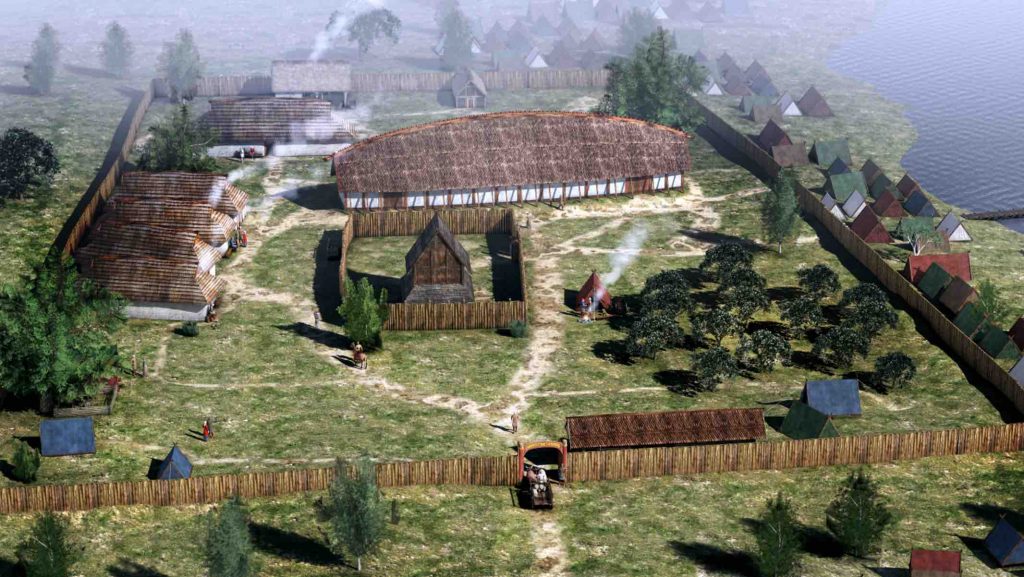
THE CULTURAL LANDSCAPE OF THE CHINESE BRONZE AGE
Shi Jinsong
DOI: 10.1111/j.1600-0390.2019.12202.x
The Chinese Bronze Age culture from the 19th to the 1st century BC can be divided into four zones: the Central Plain in the middle and the lower Yellow River region; the Northern zone along the Great Wall; the Southern zone, south to the middle and the lower Yangzi River; the Southwestern zone covering the upper Yangzi River. In each zone, bronzes are not only different in types and styles but also function differently responding to the processes of the early state formation and social development. More precisely, in the first zone, there are mainly ritual bronzes, serving as symbols of the social and political hierarchy. In the second zone, there are mainly utilitarian items such as weapons, tools, bronzes of everyday use, ornaments, as well as horse-chariot fittings. Bronze musical instruments characterise the third zone. And bronzes of the fourth zone are realistic or symbolic in style, depicting scenes of social life. Though having different cultural origins and characteristics, the four zones communicate with and influence each other continuously, creating a dynamic cultural landscape of the Chinese Bronze Age.

PRINCES, ARMIES, SANCTUARIES: THE EMERGENCE OF COMPLEX AUTHORITY IN THE CENTRAL GERMAN ÚNĚTICE CULTURE
Harald Meller
DOI: 10.1111/j.1600-0390.2019.12206.x
The Circum-Harz group of the Central German Únětice Culture (2200-1600 BC) was a highly stratified society, which arose from the merging of the Corded Ware and Bell Beaker Cultures. This process was advanced by princes who established their legitimacy as rulers on symbolic references to both cultures as well as on newly created traditions and historical references. Their power was based on armed troops, which appear to have been accommodated in large houses or longhouses. The hierarchical structure of the troops can be determined by both their distinctive weapons and the colours thereof. The prince of the Dieskau territory commanded the largest army and occupied a dominant position, expressed through the large Bornhöck burial mound and by the gold find of Dieskau, which itself most likely originated in the Bornhöck barrow. The article concludes with a discussion whether the Dieskau ruler was an actual head of a genuine state, according to the criteria put forth by Max Weber and Stefan Breuer. There is some indication that these criteria of statehood were fulfilled by the period associated with the Nebra Sky Disk at the latest, since this disk allowed the prince to act as ‘a representative of the gods before the community’ (Breuer 1998, 39).
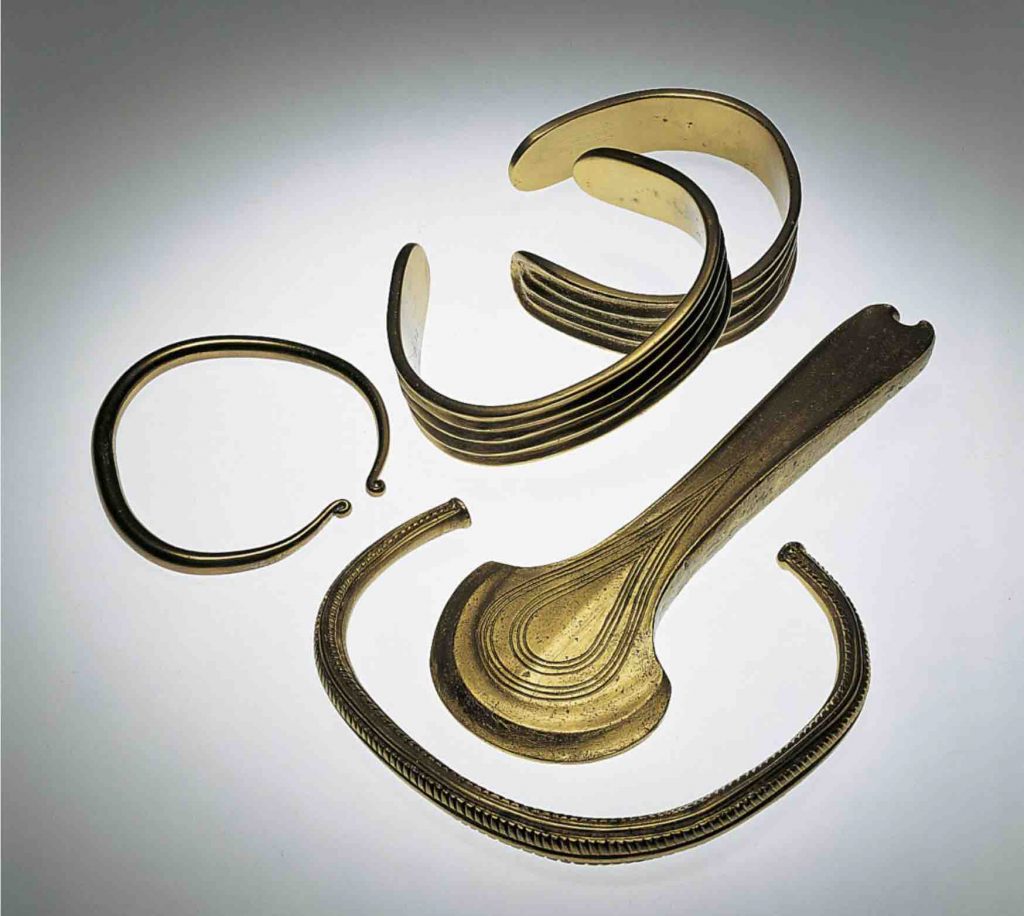
FARMERS, HERDERS OR TRADESMEN? ANALYSING SETTLEMENT PATTERNS OF THE MIDDLE AND LATE BRONZE AGE ON THE SARFIROUZABAD PLAIN, KERMANSHAH, WESTERN IRAN
Kamal Aldin Niknami, Mohammad Amin Mirghaderi
DOI: 10.1111/j.1600-0390.2019.12205.x
The highland plains of western Iran have been investigated with varying intensity. The Sarfirouzabad Plain located in the south of Kermanshah province, although visited perfunctorily, has not previously been studied systematically, despite attractive ecological and environmental conditions. In 2009, a team from Tehran University conducted a systematic and intensive field survey in the region to identify Bronze Age settlements and to assess their location in relation to ecological, environmental and cultural factors that may have impacted their distribution on the plain. The surveyed area was walked in transects at 20-metre intervals and resulted in the identification of 332 archaeological sites from different cultural periods, which added much to the limited knowledge about the history of this region. Twenty-four of these settlement sites belong to the Middle and Late Bronze Age horizons. This study uses GIS to map the distribution of archaeological materials and construct spatial models to determine the significance of the distribution patterns of the Bronze Age sites.
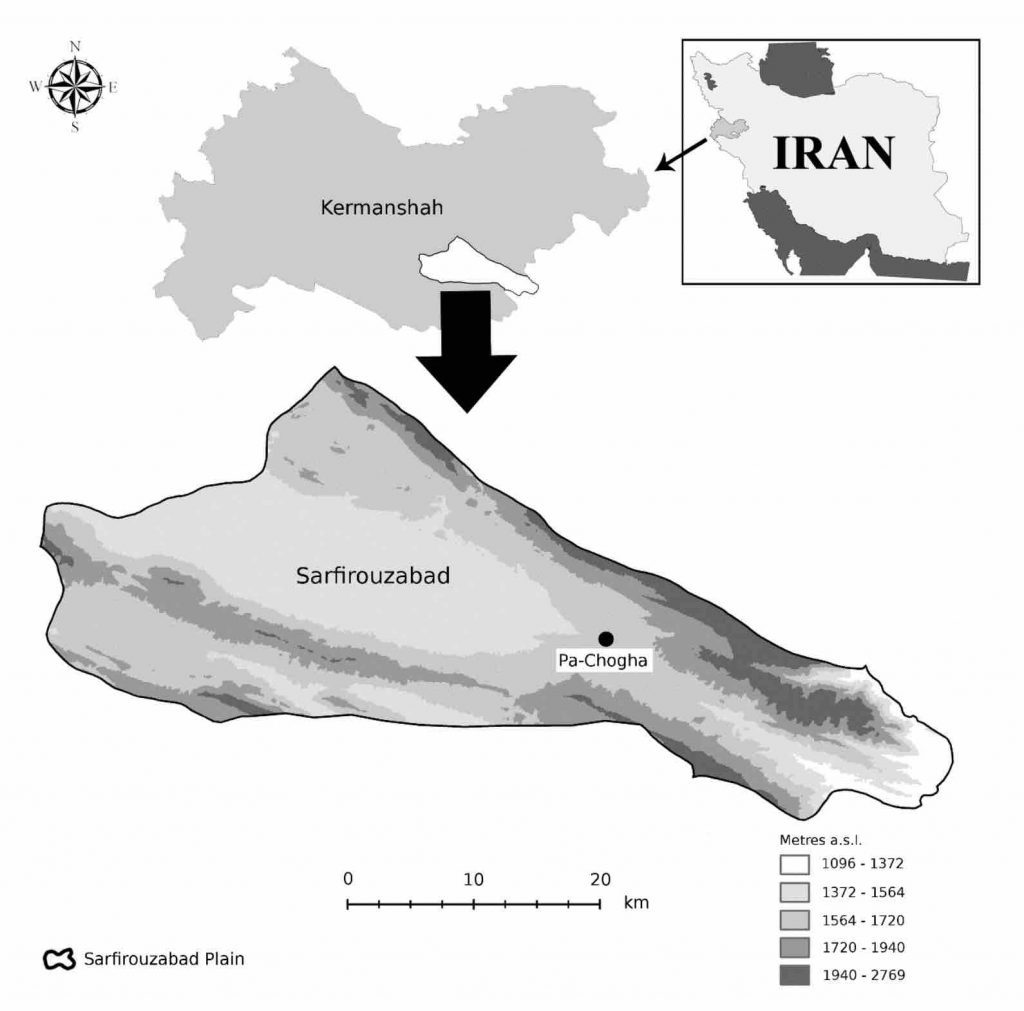
1470 INCA EXPANSION INTO THE LAND OF THE CHACHAPOYA: ARCHAEOLOGICAL RESEARCH IN THE CLOUD FOREST ON THE EASTERN SLOPES OF THE ANDES MOUNTAINS IN PERU
Inge Schjellerup
DOI: 10.1111/j.1600-0390.2019.12204.x
Starting from around AD 800, the Chachapoya developed their own culture with monumental architecture. It came to an end in 1470 after the conquest by the Incas. At that time, a different architecture was introduced in the region followed by changes in the landscape. The article summarises the available evidence on architectural and archaeological remains dated to the period following the Inca conquest.
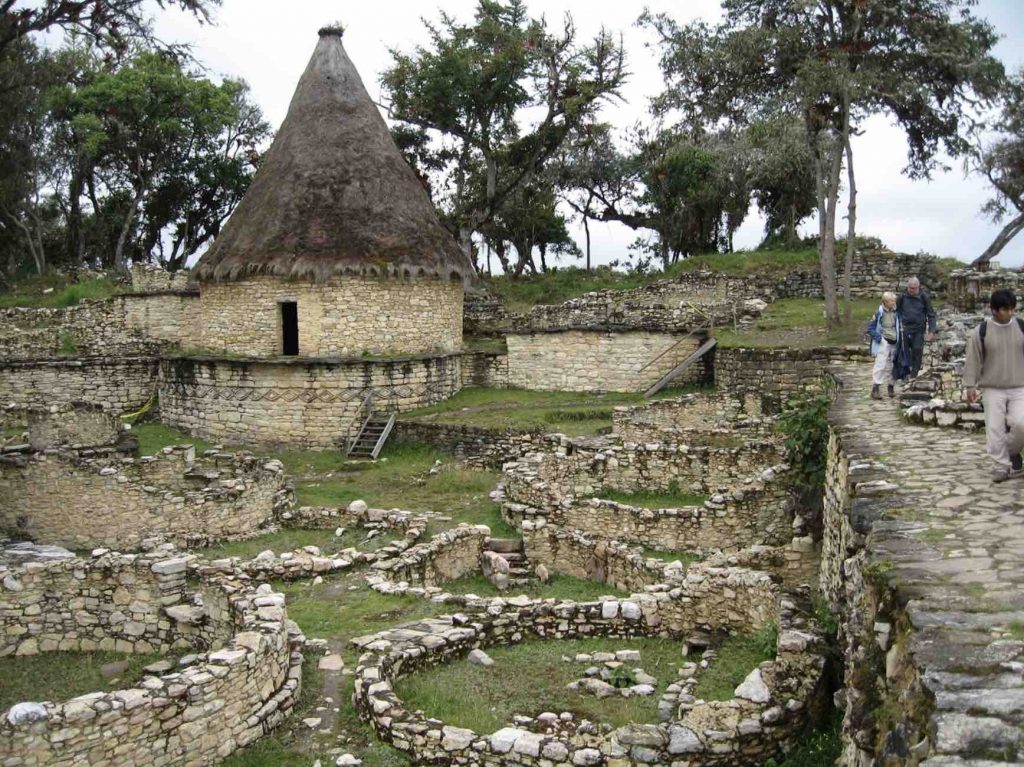
THE FORMATION OF SOCIAL RANK IN THE EARLY NEOLITHIC OF NORTHERN EUROPE
Poul Otto Nielsen, Lasse Sørensen
DOI: 10.1111/j.1600-0390.2018.12190.x
Klavs Randsborg has made important contributions to the archaeology of the Bronze Age and later prehistoric periods, but in the 1970s he also touched upon issues such as the formation of rank in Neolithic societies. In his article ‘Social Dimensions of Early Neolithic Denmark’, he suggested that a hierarchical society arose at the transition from the Early to Middle Neolithic, c. 3300–3200 BC. Since then, excavations and research have resulted in numerous publications about the Neolithic, but only rarely have these examined social development. In this article, the authors continue the debate, sharing the same starting point as Klavs Randsborg, but here approaching the question of emerging social inequality on the background of recent research into the early agricultural societies in Northern Europe, seen in a broader European context. The primary focus is upon burial monuments as manifestations of status and power, and parallels are drawn with similar construction activities amongst present-day farming communities in such remote areas as the islands of Southeast Asia. The social organisation and ritual customs of these modern farming communities are considered relevant when interpreting the archaeological evidence for early agricultural societies in Northern Europe.
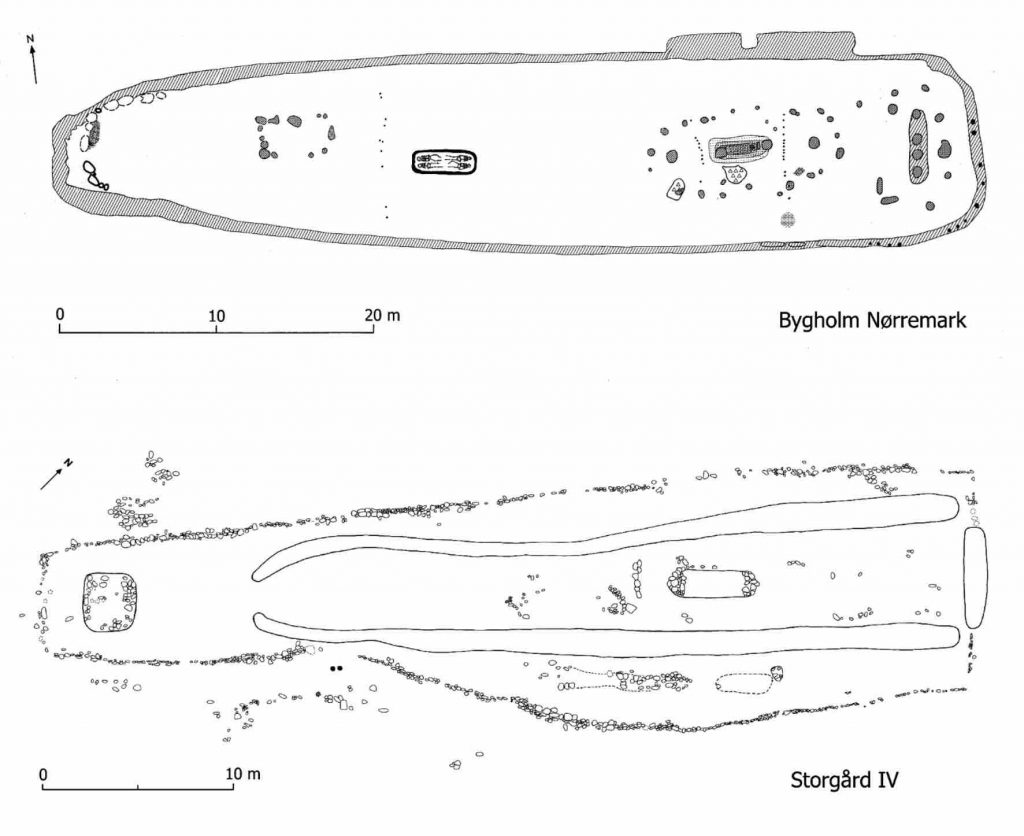
TOWARDS AN UNDERSTANDING OF SPATIO-TEMPORAL DYNAMICS AT GREAT ZIMBABWE: CONTRIBUTIONS OF THE URBAN ORIGINS IN EASTERN AND SOUTHERN AFRICA PROGRAMME
Paul J.J. Sinclair
DOI: 10.1111/j.1600-0390.2019.12207.x
In 1987 archaeologists from nine African countries and colleagues from Sweden began a co-operation programme to study urbanism in eastern and southern Africa under the auspices of The Urban Origins programme. The programme involved 22 parallel field projects throughout the West Indian Ocean region and the southern Africa interior. The article presents a compilation of diverse material on Great Zimbabwe that has been scattered in different fora. The research was directed by an overall approach that investigations in urban archaeology in Africa must be at the same scale that people lived in the past. The results briefly presented here show the potential of multivariate assessments of the spatial distributions of large-scale urban sites in Africa.
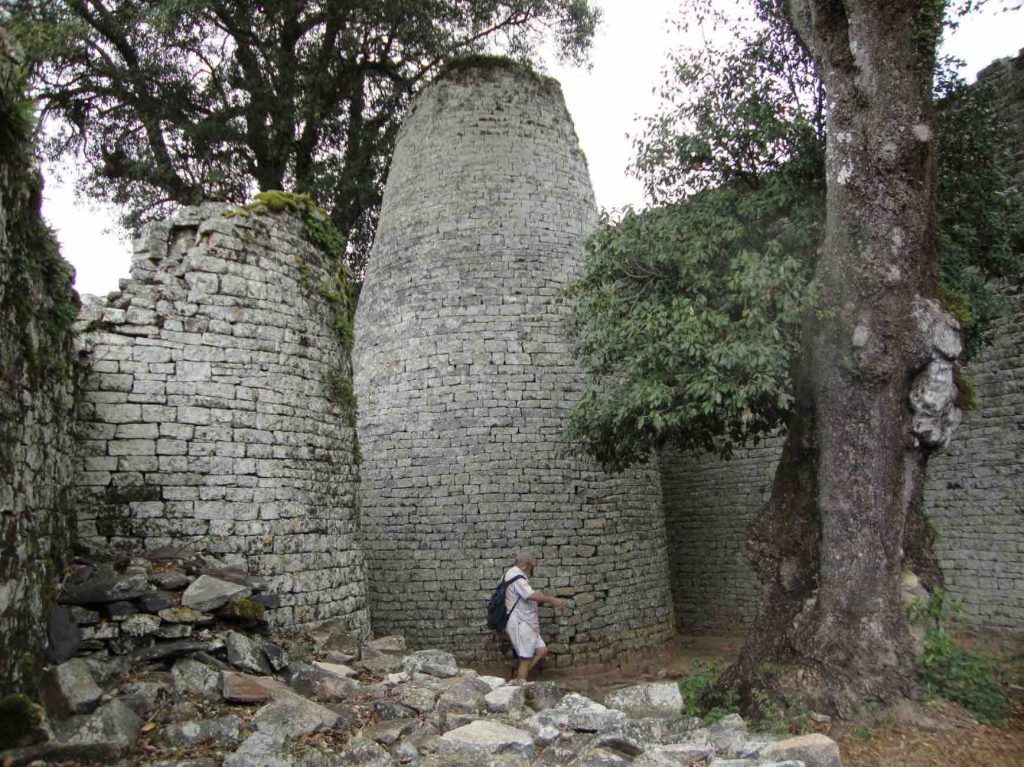
AD536 – BACK TO NATURE?
John Moreland
DOI: 10.1111/j.1600-0390.2018.12194.x
A spate of archaeological, historical and scientific publications have recently argued that the dust veil from a volcanic eruption (or series of eruptions) caused climatic change, which ‘forced’ significant historical transformations in the middle of the sixth century AD. In this paper, I situate this phenomenon within a more general return to environmental determinism in archaeological explanation, a return which itself needs to be understood in the context both of contemporary fears about the devastation to be unleashed by the climatic change we have made, and of the rise of precise measurement in environmental and archaeological science. I do not doubt the reality of the climatic change reconstructed for AD536/546 but, given the coarseness of the dating of the historical transformations, I do question the causal connections drawn between the former and the latter. I suggest that for many archaeologists, the AD536 event (and similar phenomena) functions much as written texts once did – as both the framework for analysis and as the explanation of historical process.
ANCIENT ROMAN URINE CHEMISTRY
Michael Witty
DOI: 10.1111/j.1600-0390.2016.12170.x
Important ancient Roman chemical processes involved ammonium, especially fulling. Ammonium accumulates in decaying urine as a dilute chemical agent but is unfortunately present alongside substances which interfere with later processes, such as malodorous organic compounds and bacterial debris. This paper demonstrates how ancients may have obtained concentrated material by crystallization of ammonium salts and purification to a high degree by simple decanting, which uses only those resources available in the first century AD. It is proposed that first century Romans used decayed urine to produce the urine powder “Struvite”, a pure and concentrated form of ammonium. Possession of concentrated ammonium allows for a very wide range of chemical processes but only the very simplest example is presented in this paper; smelling salts.

